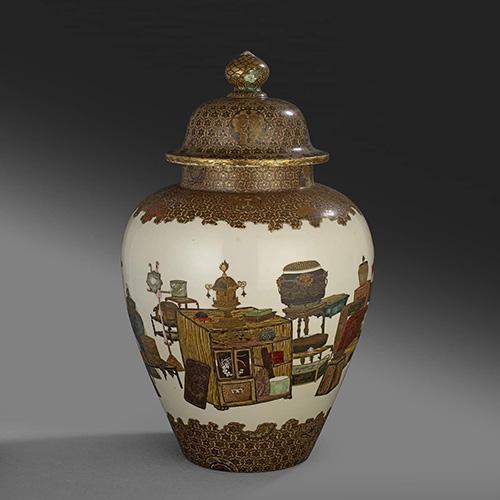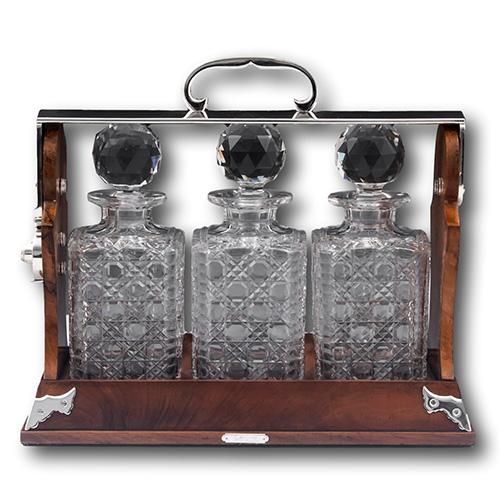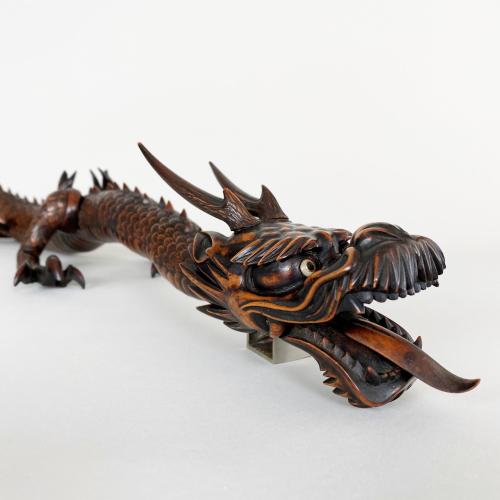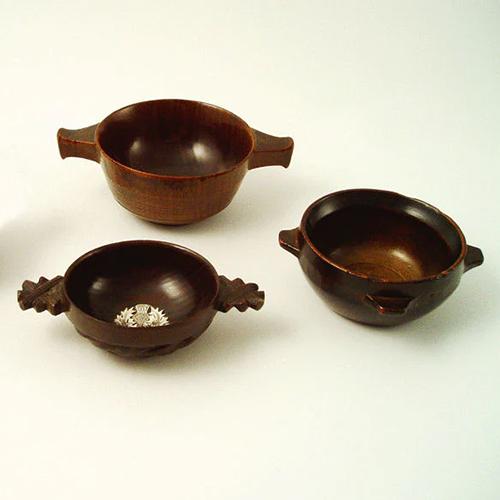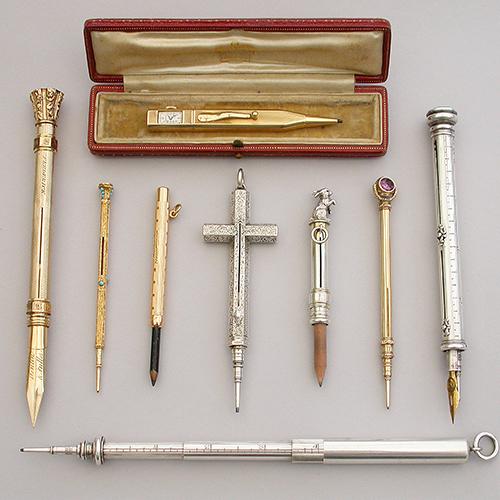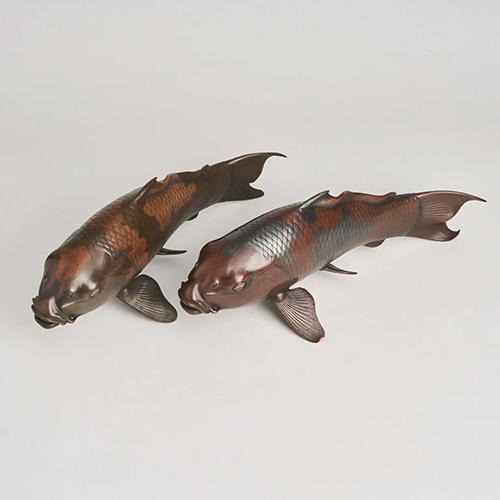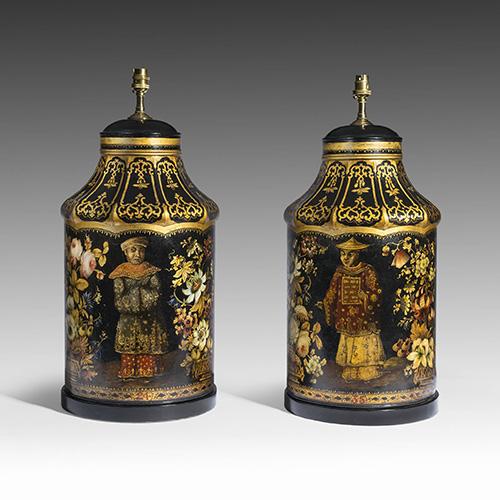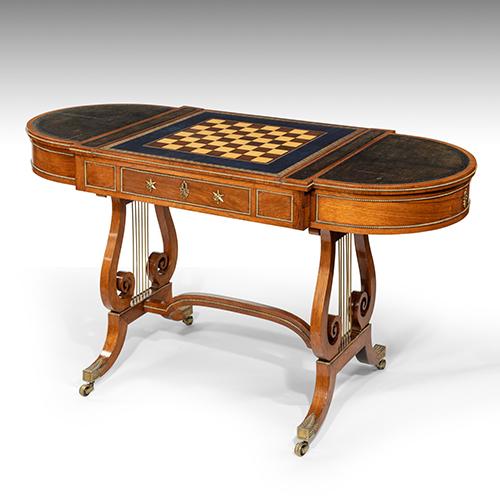
The Makers Series: Satsuma Ware
Satsuma ware is a style of Japanese pottery that originated in Satsuma Province in the most southerly of Japan’s four main islands, Kyūshū. However, the roots of the trade stem from the feudal Lord Toyotomi Hideyoshi’s invasion of the Korean peninsula between 1592 and 1598.
Toyotomi enjoyed early success against the Korean armed forces and was able to capture several leading makers of the highly regarded Korean ceramics trade. These master potters were taken back to Japan where they essentially founded the ceramics industry in Kyūshū.


